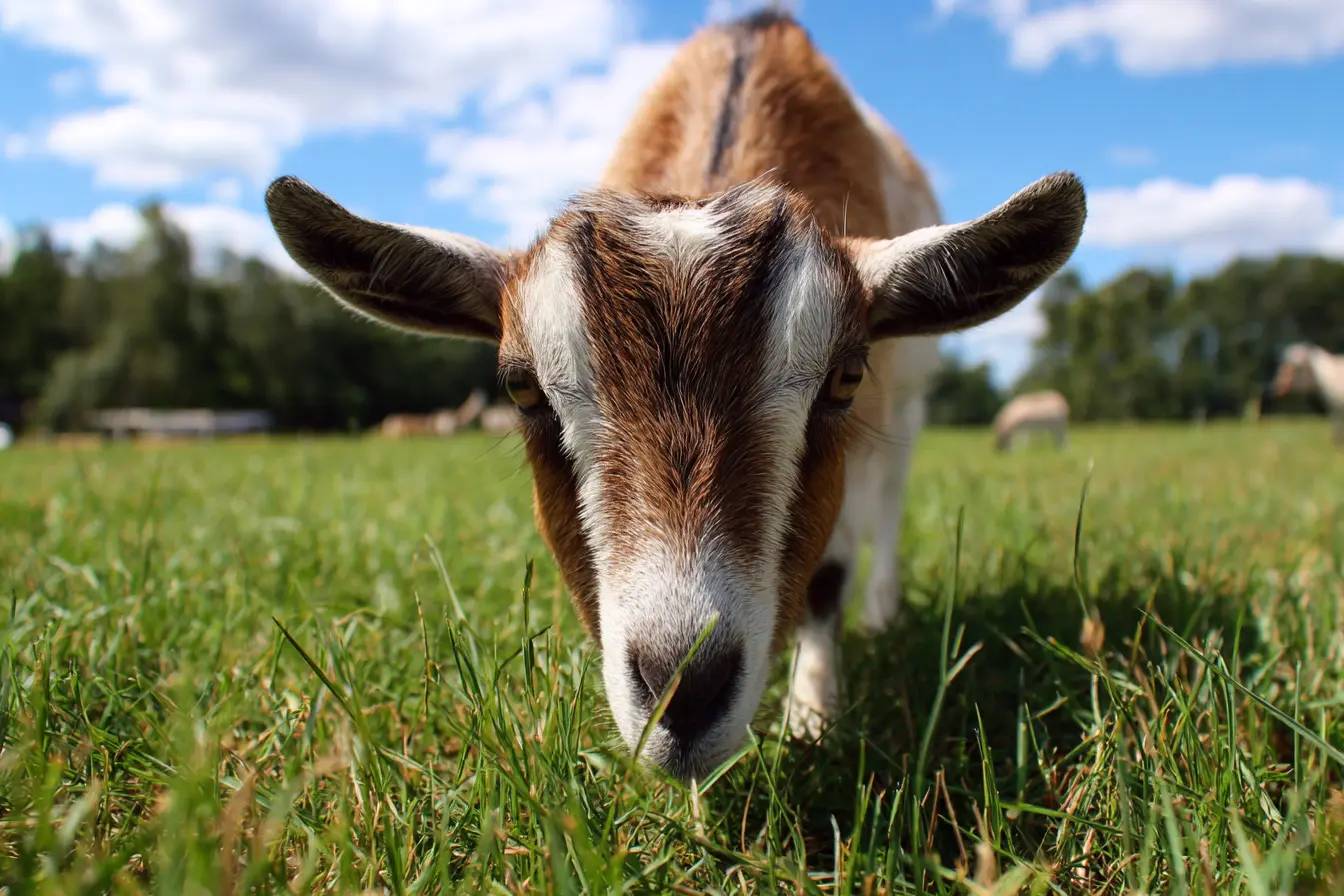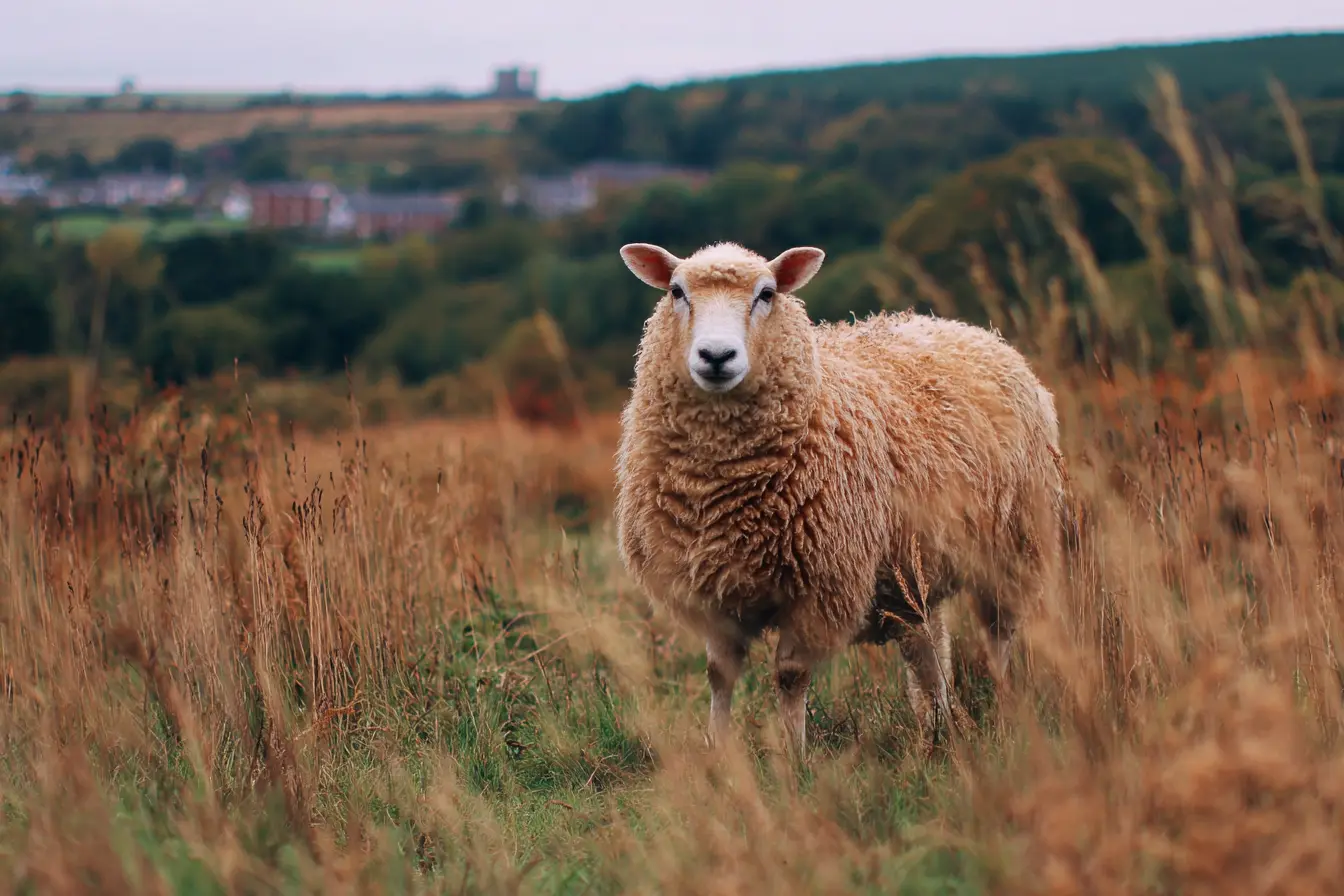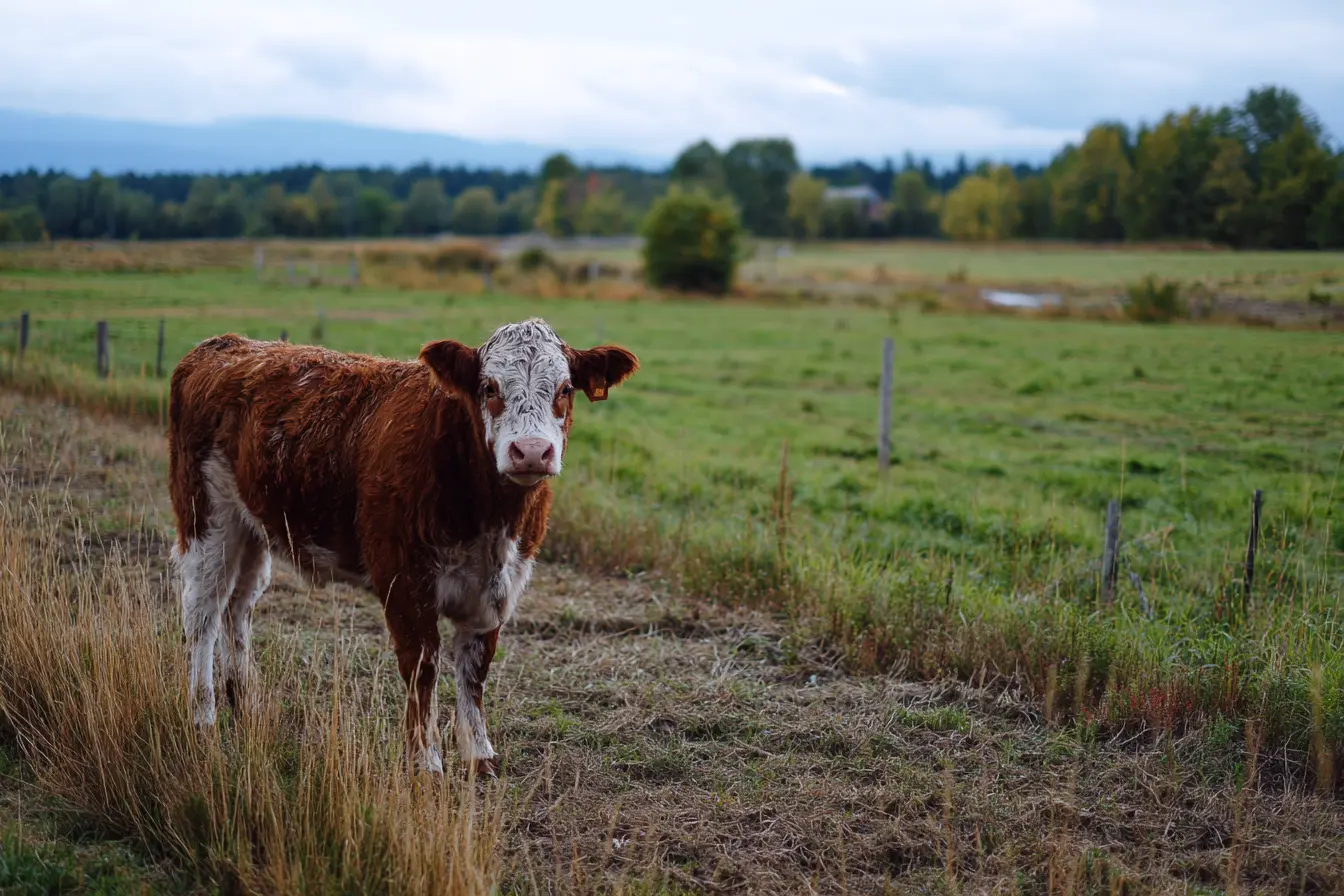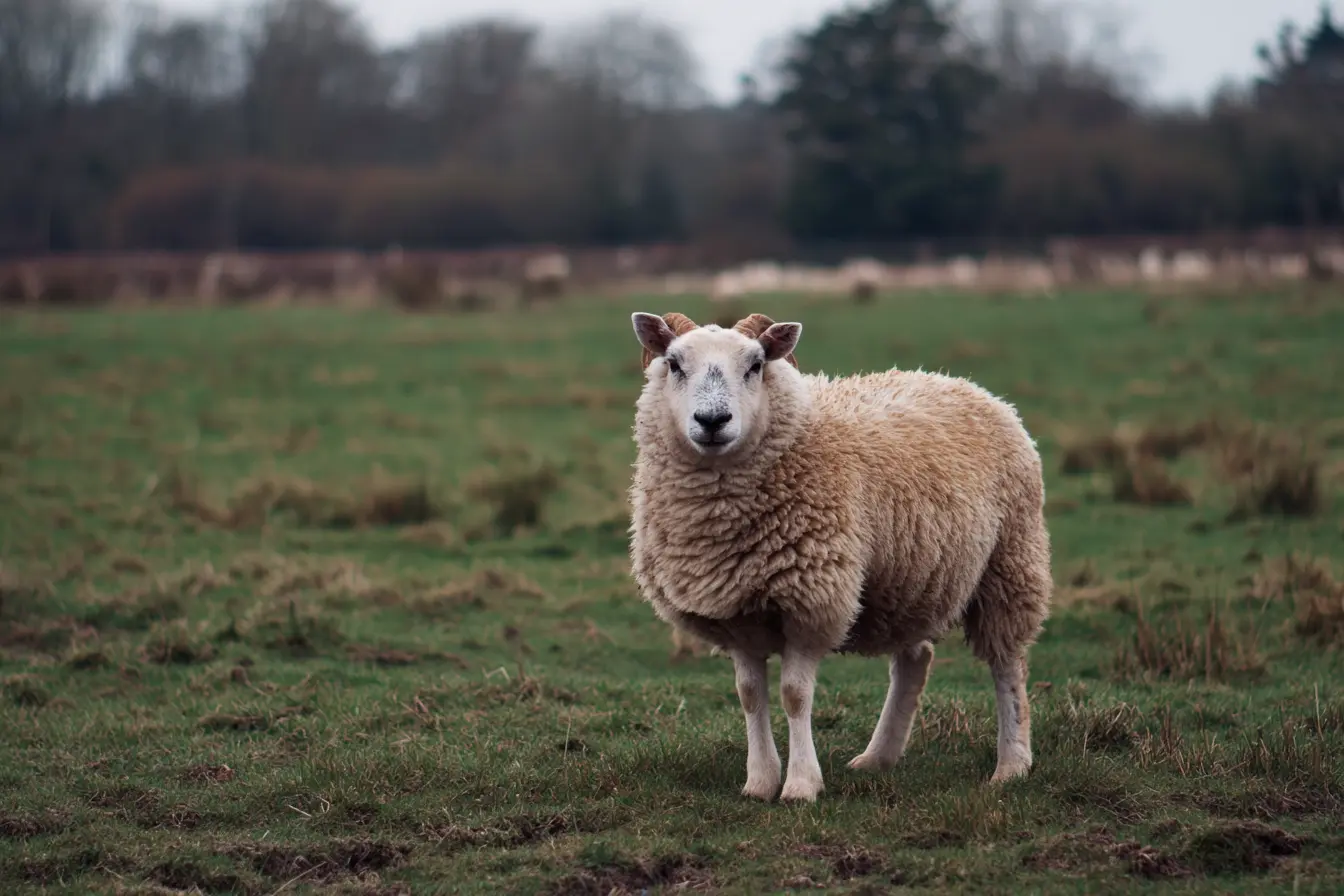
A Complete Guide to Clostridial Diseases in Goats
Clostridial diseases are among the most serious and often fatal health problems affecting goats. Caused by bacteria of the genus Clostridium, these diseases can strike suddenly, often with little or no warning, and lead to rapid death. For goat keepers in the UK, understanding clostridial diseases is essential to protect herd health, as prevention is far more effective than treatment.
This guide explains what clostridial diseases are, the different types that affect goats, how they spread, symptoms to look out for, and the best prevention and control measures.
What are Clostridial Diseases?
Clostridial diseases are caused by toxin-producing bacteria of the Clostridium genus. These bacteria are:
- Gram-positive, spore-forming organisms.
- Naturally present in soil, the environment, and in the digestive tracts of healthy animals.
- Able to survive in the environment for years as resistant spores.
Disease occurs when the bacteria multiply rapidly in the gut or in damaged tissue, releasing potent toxins that cause severe illness or death.
Common Clostridial Diseases in Goats
Several types of clostridial diseases affect goats. The most important include:
Enterotoxaemia (Pulpy Kidney Disease)
- Caused by Clostridium perfringens type D.
- Occurs when rapid dietary changes (such as sudden access to lush grass or high levels of grain) cause bacteria to multiply in the gut.
- Produces toxins that damage blood vessels, especially in the kidneys and brain.
Symptoms:
- Sudden death (often the only sign).
- Neurological signs such as staggering, convulsions, or head pressing.
- Abdominal pain, diarrhoea, or bloat in some cases.
Tetanus (Lockjaw)
- Caused by Clostridium tetani.
- Spores enter the body through wounds, including those from disbudding, castration, kidding, or hoof injuries.
- The bacteria release toxins that affect the nervous system.
Symptoms:
- Muscle stiffness and difficulty moving.
- Rigid stance, with legs held straight.
- Protrusion of the third eyelid.
- Spasms triggered by noise or handling.
- Death due to respiratory failure.
Blackleg
- Caused by Clostridium chauvoei.
- Typically affects muscles after bruising or injury.
- Less common in goats than in cattle but can occur.
Symptoms:
- Swelling and pain in affected muscles.
- Fever, depression, and rapid deterioration.
- Sudden death in many cases.
Malignant Oedema
- Caused by Clostridium septicum (and occasionally other clostridia).
- Infection occurs through wounds or injuries.
- The bacteria release toxins that cause tissue death and septicaemia.
Symptoms:
- Swollen, painful wounds with a foul smell.
- High fever and rapid decline.
- Death often within 24–48 hours.
Botulism
- Caused by Clostridium botulinum.
- Results from ingestion of preformed toxins, often from contaminated silage, hay, or feed.
- Very rare but extremely serious.
Symptoms:
- Weakness and paralysis.
- Drooling and difficulty swallowing.
- Progressive paralysis leading to respiratory failure and death.
Risk Factors
Goats are at greater risk of clostridial disease when:
- Diet changes occur too quickly (especially sudden access to grain or lush pasture).
- Wounds are untreated or contaminated.
- Husbandry procedures such as disbudding, castration, or shearing are carried out without proper hygiene.
- Housing is damp or unhygienic, increasing exposure to spores.
- Vaccination programmes are absent or incomplete.
Diagnosis
Clostridial diseases are often diagnosed post-mortem, as the course of illness is rapid.
- History: sudden deaths, recent diet changes, or recent husbandry procedures.
- Clinical signs: symptoms vary depending on the disease.
- Post-mortem examination: characteristic lesions (e.g. pulpy kidneys, muscle swelling).
- Laboratory tests: toxin detection or bacterial culture.
Treatment
Treatment is often ineffective once signs appear, as disease progression is rapid. However, in early stages:
- High doses of penicillin may be attempted.
- Antitoxins (where available) can neutralise circulating toxins.
- Supportive care such as fluids, wound management, and pain relief may help.
- Prognosis is poor for most affected goats.
Prevention
Prevention is the cornerstone of managing clostridial diseases in goats.
Vaccination
- The most effective method of control.
- Combined vaccines (such as 2-in-1, 5-in-1, or 8-in-1 formulations) protect against multiple clostridial diseases.
- Goats in the UK are usually vaccinated with a clostridial vaccine licensed for sheep (as specific goat vaccines are not always available).
- Vaccination schedule:
- Primary course: two injections, 4–6 weeks apart.
- Annual booster thereafter.
- Kids: start at 6–12 weeks old, depending on maternal antibody status.
- Booster doses before kidding protect both does and kids (via colostrum).
Good Husbandry
- Introduce diet changes gradually to avoid gut disturbances.
- Maintain hygiene during disbudding, castration, and kidding.
- Provide clean housing and well-drained grazing.
- Monitor wounds carefully and treat promptly.
Nutrition and Management
- Avoid mouldy or spoiled feed.
- Provide balanced diets to support immune function.
- Ensure adequate mineral supplementation, especially selenium and copper (where appropriate).
Economic and Welfare Impact
- Clostridial diseases cause sudden deaths, resulting in financial losses.
- Loss of breeding animals can disrupt herd development.
- Fleece, meat, or milk production is reduced if animals survive but remain weakened.
- The sudden and painful nature of these diseases raises significant welfare concerns.
When to Seek Veterinary Help
Contact a vet if:
- You notice sudden unexplained deaths in your herd.
- Goats show neurological signs, stiffness, or paralysis.
- Multiple goats are affected within a short timeframe.
- You need guidance on vaccination programmes for your herd.
Conclusion
Clostridial diseases in goats are devastating but largely preventable. With rapid onset and high fatality rates, treatment is rarely successful, making prevention through vaccination and good management practices absolutely essential.
By understanding the causes, recognising the risks, and maintaining a robust vaccination programme, goat keepers in the UK can safeguard their herds from these deadly but preventable diseases.
Vets near you
Speciality vets
- Aquatics vet specialists
- Birds vet specialists
- Camelids vet specialists
- Cats vet specialists
- Cattle vet specialists
- Deer vet specialists
- Dogs vet specialists
- Equines vet specialists
- Exotic vet specialists
- Goats vet specialists
- Pigs vet specialists
- Poultry vet specialists
- Sheep vet specialists
- Small Mammals vet specialists
- Wild vet specialists



